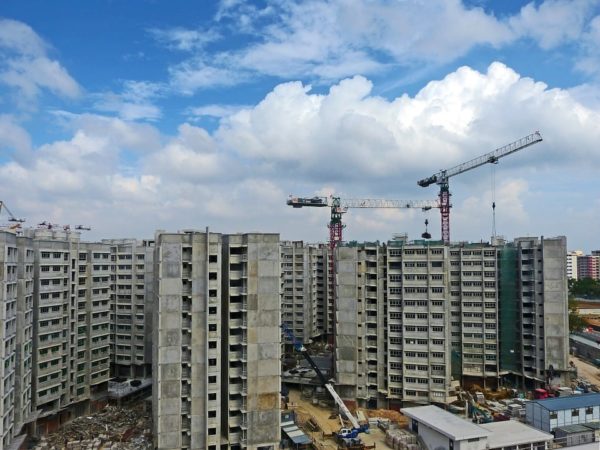At Energy Rating Perth, our main interest is improving the thermal performance of a home so it may not only gain a 6 star energy rating but continue to provide the residents with savings throughout the life of the building. At times, our clients are not the home owners but the builders or the building designers. They usually require us to give recommendations and specify building materials and assemblies that will help the home achieve better thermal performance. Our energy assessors at Energy Rating Perth feel that there several constraints when recommending and specifying building assemblies to such clients, as they cannot be done in isolation of the following factors:
- Site Context: Although we may be precarious of factors like cooling or warming climate when specifying materials, but building locations and their surroundings play a vital role. For instance, for coastal areas, materials that might erode or corrode with exposure to moisture and the sea salt spray will not be recommended even if a house within a 2 km radius of that is using the same materials.
- Climate: The thermal properties of materials and assemblies are extremely important in designing an efficient building envelope. Not all building materials and finishes are recommended uniformly for all climates. The homeowner may prefer sun-room for winters in a moderate climate but as energy assessors, at Energy Rating Perth, we are aware that using so much glazing will have consequences of the solar heat gain in the summers.
- Cost: Most buildings are built with a fixed budget and although the aim of the energy assessor is to achieve the best possible thermal performance, some of the building assemblies like double glazed windows might not be allowed by the budget. Either an alternative solution can be proposed to achieve the same thermal performance or you may prioritise certain portions of the building that may require thermal performance more than others. For instance, smaller sized, double glazed windows may be proposed for the eastern façade where you want to avoid heat gain during the summers.
- Size/space constraints: Using standard sized building materials can reduce cost but care must be taken to avoid specifying a material that might not fit into the space specified. For instance, compressing bulk insulation to fit a certain framing size may result in the reduction on the achieved R-value of the assembly.
- Practicality: The materials/assemblies specified must be readily available easy to install. If you recommend products like a retrofit double glazing assembly in a place where the product is not available, it will be highly cost inductive for the client to arrange such materials.
Contact us for more information today!


Leave A Comment